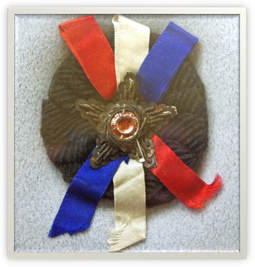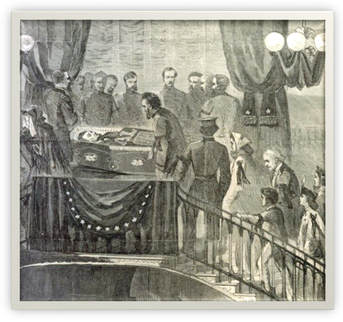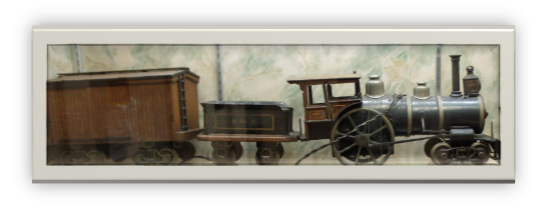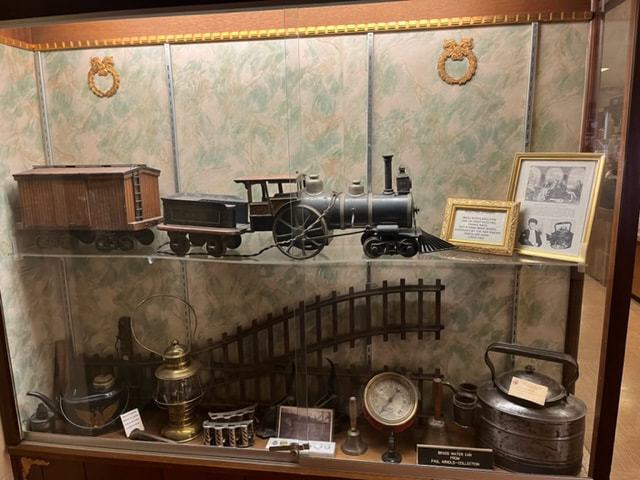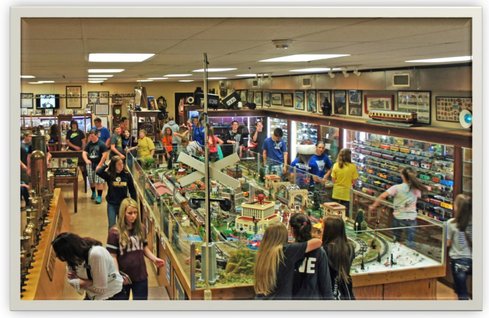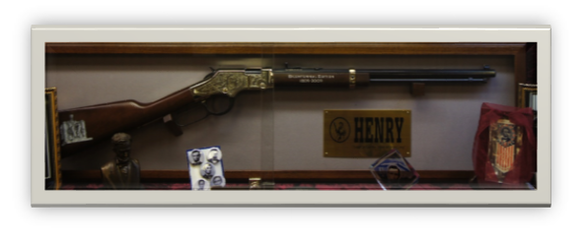Some Of The Many Treasures
In Our Museum:
In Our Museum:
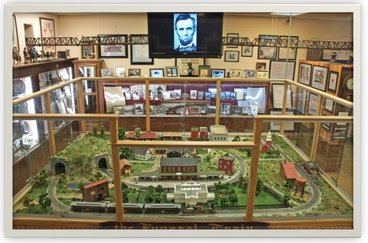
President Lincoln's Funeral Journey In Operating Layout
Lionel Cleveland, Columbus & Cincinnati 4-4-0 Lincoln Funeral steam locomotive, tender and United States Presidential coach presenting Lincoln's funeral journey from Washington, D.C. to Springfield, Illinois. As the train runs the rails, you will see and hear the narrated history of Lincoln's funeral journey.
Lionel Cleveland, Columbus & Cincinnati 4-4-0 Lincoln Funeral steam locomotive, tender and United States Presidential coach presenting Lincoln's funeral journey from Washington, D.C. to Springfield, Illinois. As the train runs the rails, you will see and hear the narrated history of Lincoln's funeral journey.
Lincoln Funeral Patriotic Mourning Cockade
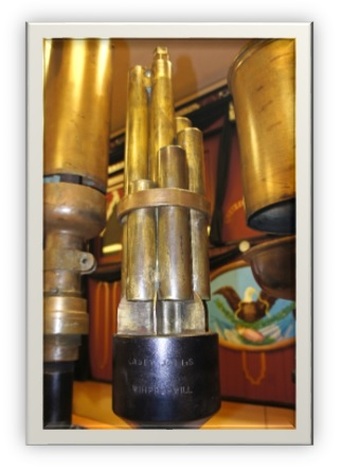
Casey Jones' Famous "Whippoorwill" Whistle
As young boy, Casey Jones lived near Cayce, Kentucky and acquired the nickname of “Cayce,” which he chose to spell “Casey”. Casey’s lifelong goal was to become a locomotive engineer. He attained that goal and came to be recognized by his peers as one of the best engineers in the business. Casey was such a punctual engineer it was said that people set their watches by him. Casey also came to be known as a hero of the rails due to his actions in 1895 in Michigan City, Mississippi when he raced to the tip of his engine's cowcatcher and braced himself on it to reach out and pull a little girl to safety who was frozen in fear on the tracks at the sight of the oncoming train.
Casey had a peculiar skill with his train whistle which was made of six thin tubes bound together, the shortest being half the length of the longest. Its unique sound involved a long, drawn-out note that began softy, then died away to a whisper, a sound described as “a sort of whippoorwill call” that became his trademark.
Tragically, on April 30, 1900, Casey Jones became a legend and a hero as he sacrificed his own life saving the lives of his passengers and crew while trying to slow his passenger train, the famous Cannonball Express, as it collided with a stalled freight train at Vaughan, Mississippi, on a foggy and rainy night.
The Electric Dynamic Train
The oldest model train on display in the Lincoln Train Museum is the Electric Dynamic. This beauty was built from an original concept and is said to have been constructed in Philadelphia around 1882 by a group of men, some of whom worked for Thomas Edison in the Edison laboratory. It was built to show that electricity could be used in new ways and was one of the first electric trains. As evidenced by the engine parts, this piece is an early display of fine machine work.
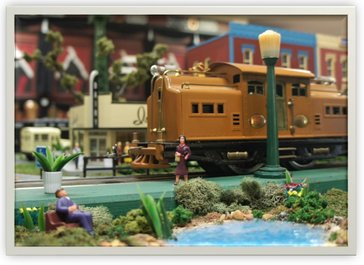
Lionel Pre-War Standard Gauge Locomotive And Pullman Passenger Car Set
The Lionel Standard Gauge runs the rails among Lionel vintage buildings and features on an interactive operating train layout.
The Lionel Standard Gauge runs the rails among Lionel vintage buildings and features on an interactive operating train layout.
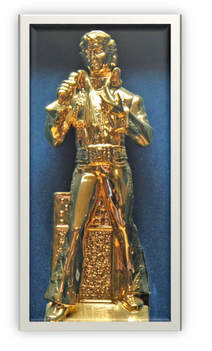
Elvis
In the words of Buddy Holly, "None of us would have made it without Elvis".
Yes, we have an Elvis collection among our celebration of American heroes.
In the words of Buddy Holly, "None of us would have made it without Elvis".
Yes, we have an Elvis collection among our celebration of American heroes.
Abraham Lincoln Bicentennial Tribute Golden Boy Rifle
The Henry rifle is an historic piece of Americana conceived by Benjamin Tyler Henry and patented in 1860 in the midst of the American Civil War. Due to its revolutionary lever action design and rapid rate of highly accurate fire, the Henry rifle is said to have given a single man the firepower of a dozen marksmen armed with muzzle-loading muskets. These rifles were in the hands of Union soldiers by the middle of 1862. The firearm was described by one Confederate officer as “a rifle that you could load on Sunday and shoot all week long.” The Henry rifle went on to become a legendary part of the frontier days of the American West.
In celebration and recognition of the birth of Abraham Lincoln, the Henry Repeating Arms Company created the Bicentennial Golden Boy Rifle, an authentically produced firearm, assembled and engraved in the United States by American craftsmen.
In celebration and recognition of the birth of Abraham Lincoln, the Henry Repeating Arms Company created the Bicentennial Golden Boy Rifle, an authentically produced firearm, assembled and engraved in the United States by American craftsmen.
